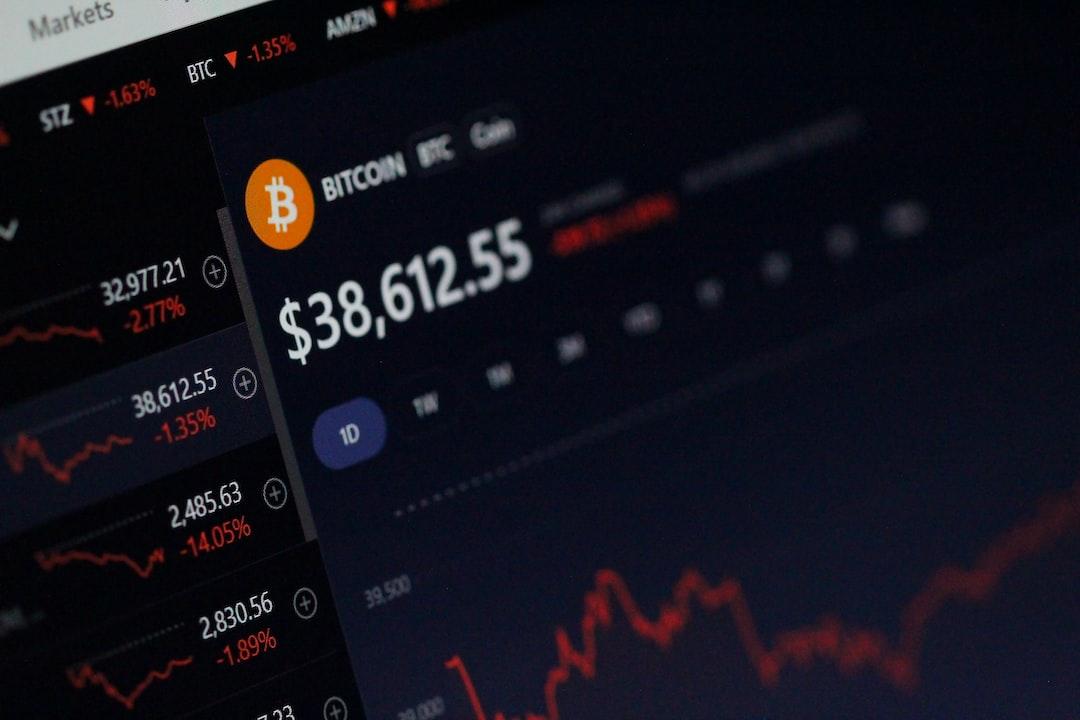Crypto investment firm Pantera partner Paul Veradettakit released six major predictions for 2024, stating that the DeFi boom will revive on Bitcoin, ushering in DeFi 2.0. Additionally, with the support of Bitcoin spot ETFs, traditional finance will interact more frequently with DeFi, giving rise to projects like “TradFi-DeFi cross-chain bridges.”
Table of Contents
Toggle
1. Bitcoin Revival and DeFi 2.0
2. New On-chain Applications: Tokenized Social Services
3. Increased Interaction between Traditional Finance and DeFi
4. Cross-pollination of Modular Blockchains and Zero-knowledge Proofs
More compute-intensive applications on-chain, such as AI and DePIN
Small-scale public chains should focus on specific applications
1. Bitcoin Revival and DeFi 2.0
BTC’s market dominance increased from 38% at the beginning of the year to 50% by the end of the year, bringing Bitcoin back into investors’ sight due to its remarkable popularity.
(
Bitcoin developers claim that inscriptions are a technical vulnerability? Jason Fang refutes: Inscriptions are unstoppable, driving the future of Bitcoin
)
Advertisement – Continue scrolling for more content
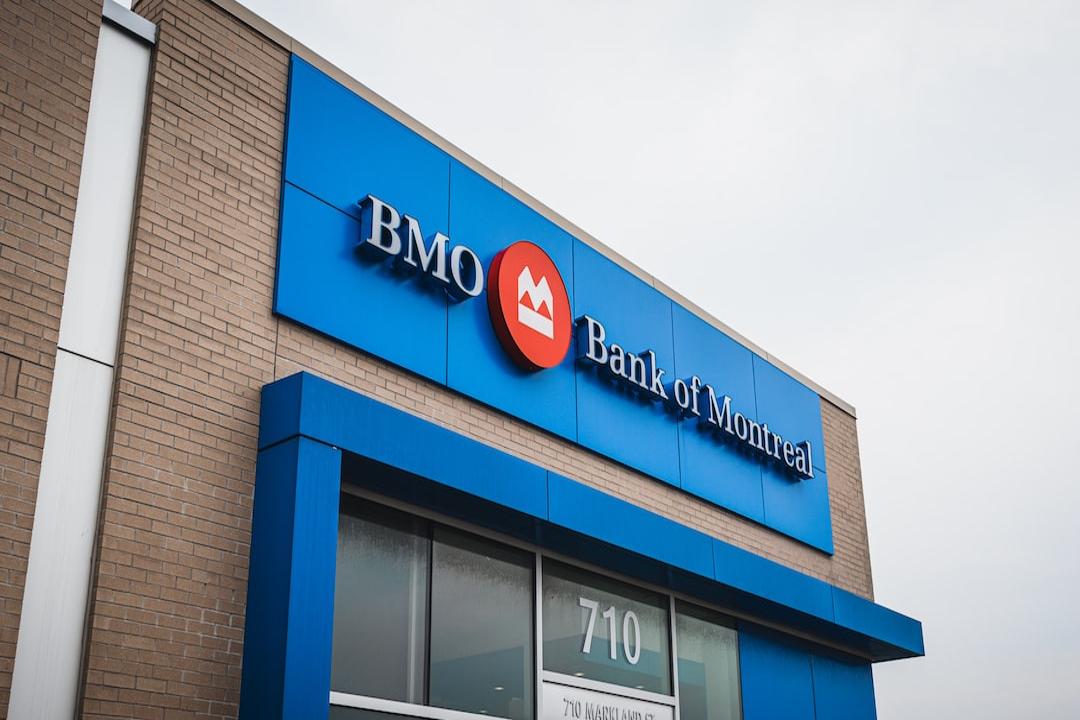
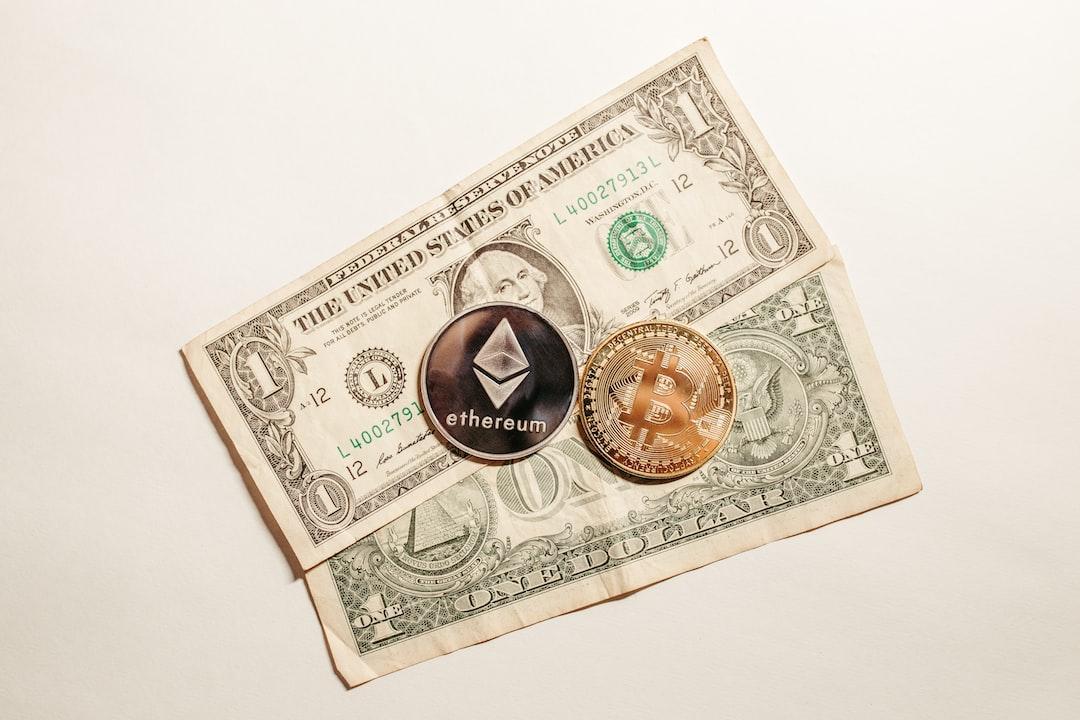

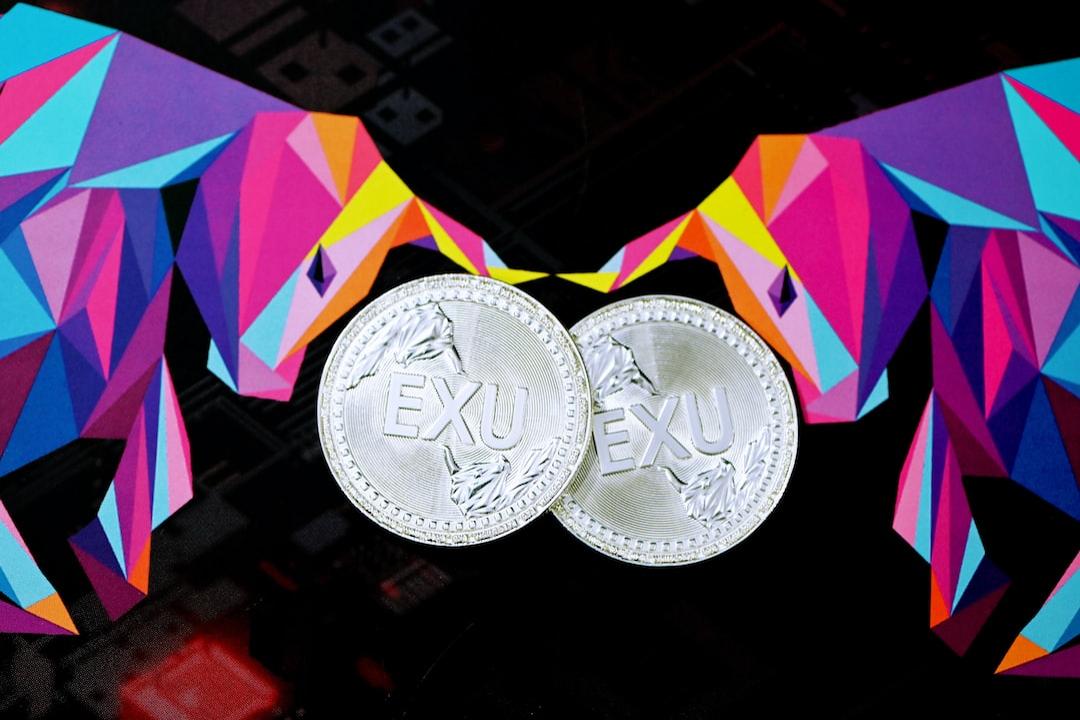
Pantera believes that Bitcoin will have at least three major catalysts for its revival next year:
The fourth halving in April 2024
Approval of multiple Bitcoin spot ETFs by institutional investors
Enhancements to programmable functionalities, including the Ordinals protocol and L2 and scalability solutions (such as Stacks and Rootstock)
Regarding the third point, Pantera predicts that more Ethereum DeFi protocols will be ported to Bitcoin, ushering in DeFi 2.0.
2. New On-chain Applications: Tokenized Social Services
Social applications like friend.tech have successfully derived a new token economic model in the field of SocialFi by integrating with Twitter accounts.
(
Understanding the friend.tech economic model through mathematics: Finding the optimal solution for SocialFi price curves
)
Pantera expects more experimentation in the social field in the future, with tokenization playing a crucial role. Fungible tokens can become a new form of loyalty points, while NFTs are more likely to become personal social data and resources.
3. Increased Interaction between Traditional Finance and DeFi
In addition to predicting the approval of Bitcoin spot ETFs, Pantera believes that institutions will further seek tokenized RWAs and traditional finance (TradFi) products.
Just as BTC is mapped and cross-chained to Ethereum through WBTC, TradFi assets will also interact more frequently with DeFi, giving rise to “TradFi-DeFi cross-chain bridges” projects.
4. Cross-pollination of Modular Blockchains and Zero-knowledge Proofs
Modular blockchains and zero-knowledge proofs have made significant progress in the past year, such as the recent mainnet launch of Celestia and the collaboration of Espresso’s Arbitrum.
Pantera believes that the combination of these two technologies will be an interesting trend in the future. In consumer-related applications, zero-knowledge proofs may find more applications in identity protection and privacy projects, such as decentralized digital identities based on ZK.
(
Celestia mainnet launch: Opportunities and challenges for modular blockchains in the future
)
More compute-intensive applications will be economically feasible to run on-chain, such as AI and DePIN
Pantera points out that the issue of high on-chain fees and scalability has been resolved. Ethereum L2’s gas fees are below $0.02, and Solana’s fees are even lower by several decimal places. Therefore, it can be predicted that within the next year, compute-intensive applications requiring significant computational resources will become more economically viable to run on-chain.
Pantera mentioned several projects:
Hivemapper: Decentralized Google Maps
Bittensor: Decentralized machine learning platform
Modulus Labs: AI-generated NFT artworks
The Graph: On-chain knowledge graph project
Realmsverse: Chain games on Starknet
(
Deep analysis of the DePIN concept, exploring a new era of decentralized networks: What is DePIN?
)
Pantera also mentioned the competition among public chains. In fact, L1 and L2 do not differ much in terms of user experience. Solana and Avalanche can even directly compete with L2. Additionally, Ethereum, BNB Chain, and other five major public chains already account for 80% of the total TVL (Total Value Locked).
Pantera believes that smaller-scale public chains must focus their energy on specific verticals (such as social, gaming, and DeFi) to maintain their advantages and effectively become “application chains.” In fact, among the top 10 L2s ranked by TVL, dydx, Loopring, and Ronin are all application chains that focus on a single vertical.


Source:
DeFiLlama
DeFi
Inscriptions
Pantera
Paul Veradettakit
Bitcoin

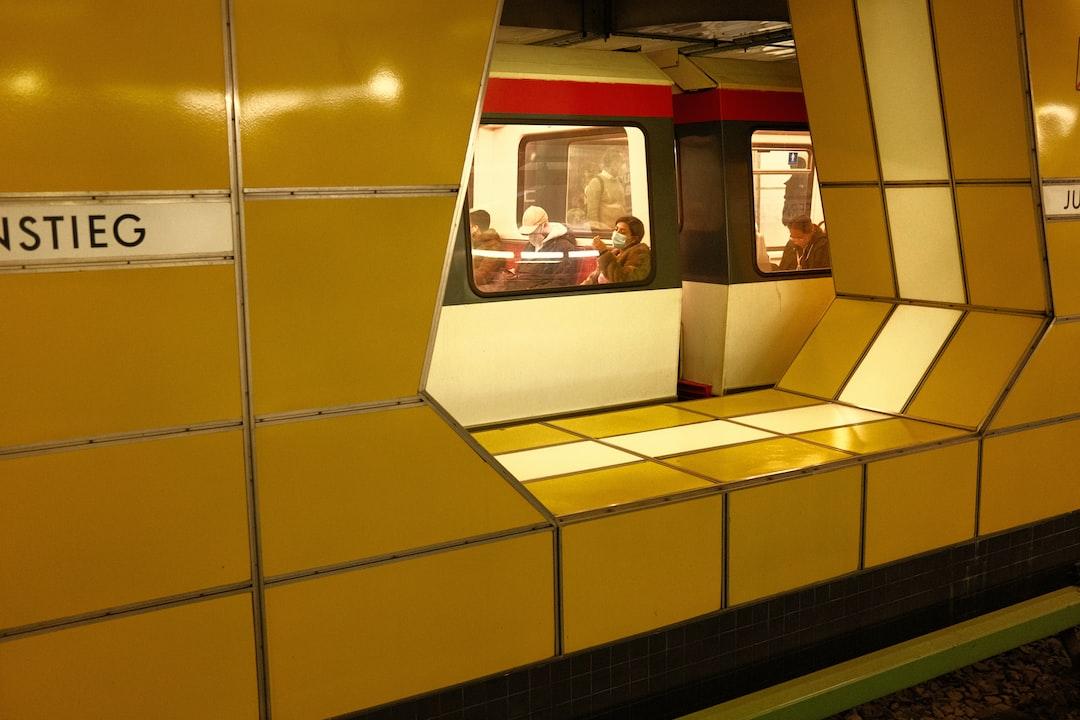
Further reading:
The upcoming collision of DeFi and finance: How emerging technologies ignite financial innovation?
PoolTogether V5: Participate in the lottery by holding ETH without loss.

